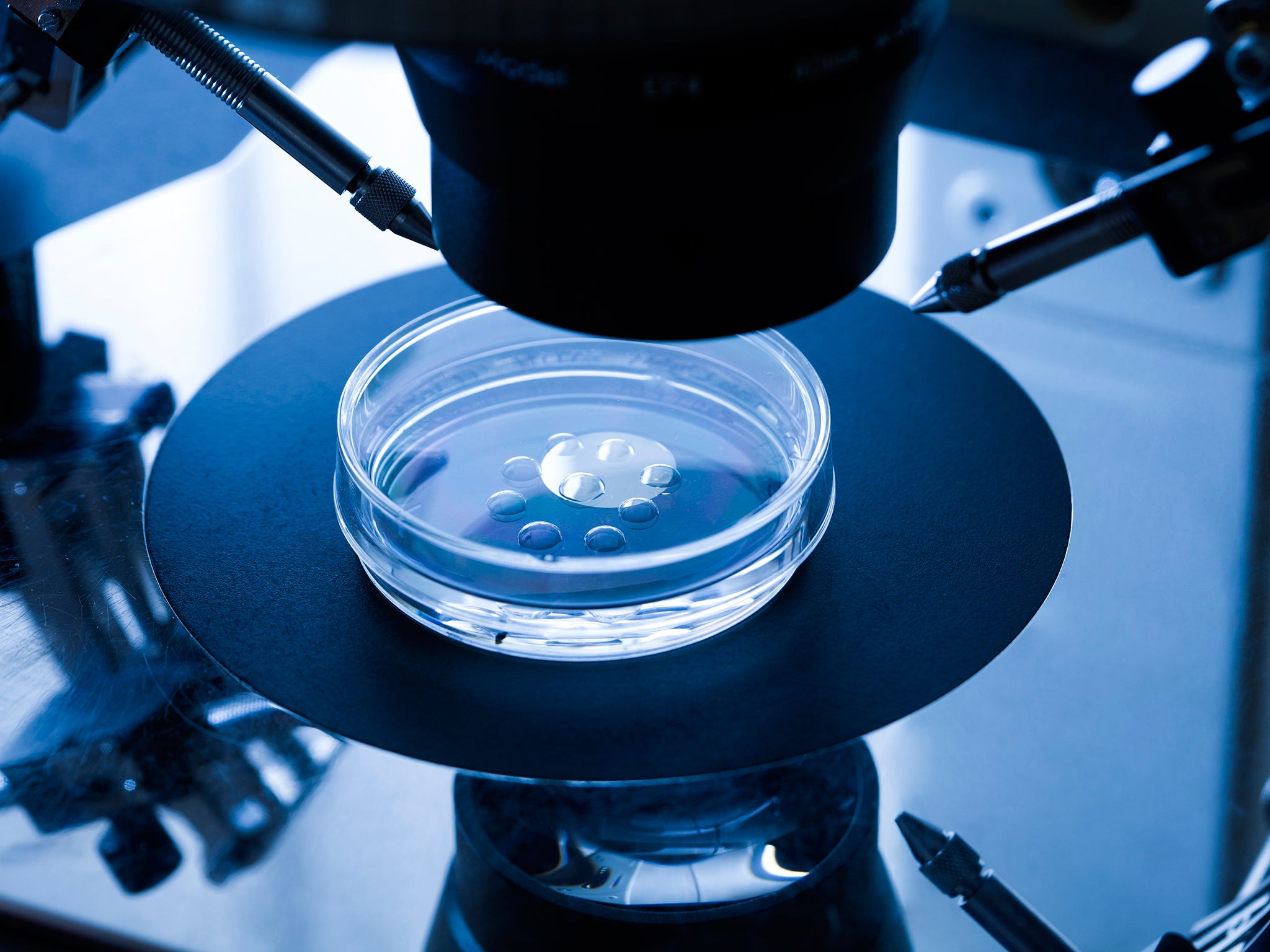High Court judge orders teenage girl born by donor fertilisation to maintain contact with both fathers
Judge rules it’s in the best interest of the teen

A 14-year-old girl who was born as a result of donor fertilisation and is embroiled in a High Court case has been ordered to stay in touch with her two “fathers”.
The teenager, who has been at the centre of litigation between her two fathers and two “mothers” for half of her life, had been trying to persuade a judge in the Family Division of the High Court that she should be left to “reach her own conclusions” under the provisions of the 1989 Children Act.
She was represented by a lawyer at a private hearing.
But Mr Justice Cobb has ruled against the youngster and decided that it is in her best interests to have a “limited form of relationship” with her fathers.
Mr Justice Cobb, who is based in London, has not identified the teenager in a written ruling. He said she had a 10-year-old sister, also born as a result of donor fertilisation. Both girls lived with their mothers.
The judge referred to adults involved as Father 1, Father 2, Mother 1 and Mother 2 – and the children as A and B.
Both girls were the “biological children” of Father 1 and Mother 1. Father 1 was in a civil partnership with Father 2 and Mother 1 in a civil partnership with Mother 2, he said.
Mr Justice Cobb said the mothers had also argued against the teenager being made to stay in touch with her fathers. The judge said he acknowledged and respected the teenager’s “well-developed autonomy and independent thinking”.
But he ruled that her fathers should be allowed to send her cards, letters and gifts – and said she was “likely to benefit” from the “modest but important link” with them.
The judge said an “order for indirect contact” was better than no order.
He said the fathers did not want him to order that they must be allowed see the girl – but wanted only an order for “indirect contact”.
Detail of the judge’s decision has emerged in the latest of a series of rulings on the case. Mr Justice Cobb described the litigation as “extraordinary”. He also said the fathers should have indirect contact with the younger girl and there was “less resistance” to him ordering her to stay in touch.
The men had also not asked him to rule that they should see the younger child. Mr Justice Cobb said the fathers had not had “any routine contact” with the girls for “many years” and that neither girl wanted to see her father. Both had spoken of legal proceedings – which began in 2008 – “ruining” their childhoods. They said their fathers were “solely to blame” for the “protracted litigation”.
The fathers had told the judge that not asking him to order that they should see the girls was the “biggest decision of their lives”.
The judge indicated that the men felt that the “current situation” was partly the fault of the mothers, partly the fault of social workers and partly the fault of the family justice system. He said he was concerned that a “high-wall fortress” the mothers had “constructed”, which “excludes the fathers”, would “remain solid and impregnable”.
He added: “The fathers have something of real value and importance to add to the lives of the girls.”
PA
Subscribe to Independent Premium to bookmark this article
Want to bookmark your favourite articles and stories to read or reference later? Start your Independent Premium subscription today.

Join our commenting forum
Join thought-provoking conversations, follow other Independent readers and see their replies